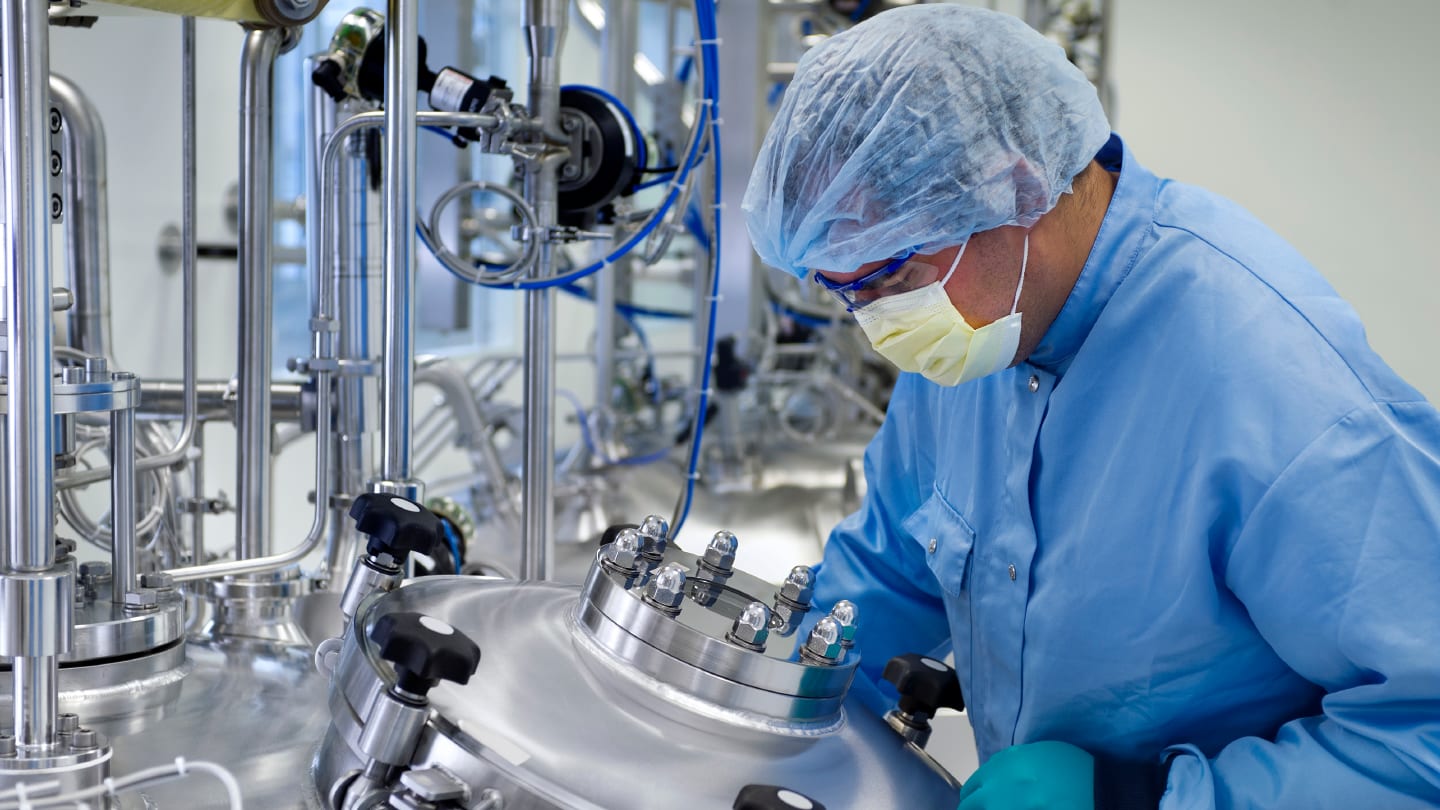
Nigerian malaria vaccine progress: in photos
In December 2024, Gavi, UNICEF, WHO, and Nigeria’s Ministry of Health launched the country’s first malaria vaccine campaign, introducing one million doses of the R21/Matrix‑M vaccine to children from five months of age, integrated into Nigeria’s routine immunization program. The initial rollout, piloted in Bayelsa and Kebbi states, was documented by Magnum photographer Jérôme Sessini, capturing community response and national significance. Coordinating Health Minister Muhammad Ali Pate highlighted the campaign as a “monumental step” toward reducing malaria mortality and achieving a malaria‑free Nigeria, in line with the national elimination program's target of reducing child deaths below 50 per 1,000 live births by 2025. The campaign emphasizes completion of the four-dose vaccine regimen, alongside existing interventions like insecticide-treated nets and seasonal chemoprevention, to enhance impact and reach vulnerable communities.
Positive opinion for Novo Nordisk’s hemophilia treatment
Novo Nordisk has received a positive opinion from the European Medicines Agency’s CHMP recommending an update to the label of Alhemo (concizumab) to include treatment for patients with severe hemophilia A and moderate or severe hemophilia B without inhibitors. The label expansion would allow Alhemo to be used in patients aged 12 and older across this broader patient population. Results from the phase III explorer8 trial showed Alhemo reduced treated spontaneous and traumatic bleeds by 86 percent and 79 percent respectively in hemophilia A and B patients without inhibitors compared to no prophylaxis. The drug also demonstrated improved quality of life and high patient preference.
GSK’s co-development collaboration
GSK and Hengrui Pharma have entered into agreements to co-develop up to 12 new medicines across respiratory, immunology & inflammation, and oncology. The deal includes an exclusive global license (excluding mainland China and a few regions) for HRS-9821, a potential best-in-class PDE3/4 inhibitor currently in clinical development for chronic obstructive pulmonary disease. HRS-9821 has shown bronchodilation and anti-inflammatory effects and is being developed as a convenient dry-powder inhaler. Beyond this, GSK will have the option to further develop and commercialize up to 11 additional programs following completion of phase I trials, with Hengrui leading early development. GSK will pay $500 million upfront, with potential milestone payments to Hengrui reaching around $12 billion, plus tiered royalties. The collaboration leverages GSK’s clinical scale and Hengrui’s early discovery capabilities to accelerate development of promising therapies and expand GSK’s post-2031 pipeline.
Merck and WashU expand research collaboration
Merck KGaA’s Life Science division, operating as MilliporeSigma in the US and Canada, has signed a non‑binding Memorandum of Understanding with Washington University in St. Louis (WashU) that expands their collaboration into joint research initiatives, technology scouting, and research enablement, with a focus on socially responsible scientific progress. The two organizations aim to enhance the pipeline of R&D talent, accelerate translation of laboratory discoveries into clinical therapies, and help deliver treatments faster. The company will provide access to its product portfolio, services, and technical expertise, while also broadening support for early-stage innovation, including engagement with startups and incubator networks.
Colorcon opens Malaysia manufacturing facility
Colorcon has inaugurated a 200,000 square feet film‑coating manufacturing facility in Johor, Malaysia. This plant will employ 30 staff immediately and serve as a production hub for pharmaceutical and nutraceutical coatings across the Asia Pacific region. CEO Simon Tasker said, “This investment is aligned with our long-term vision to strengthen and de-risk our supply model for film coatings worldwide. Our goal is to anticipate market growth, adding capacity to ensure we are always a step ahead of demand. This is just one of many development projects currently in our pipeline to support our credo of ‘we’re everywhere our customers need us to be.’”
MD Willem Hoogwater added “We’re proud to offer superior film coating technology and a world-class facility to this rapidly growing region. Malaysia has quickly become an important hub for high-value pharmaceutical manufacturing, and we’re proud to support the local economy with an investment like this.”
Research
Cancer suffers new AI attack
Researchers at the Technical University of Denmark and Scripps Research Institute have developed an AI-based platform that can design custom proteins in just 4-6 weeks, capable of arming a patient's T cells to target and kill specific cancer cells. The system rapidly generates computer-designed minibinders that bind tumor‑specific pMHC molecules, creating engineered IMPAC‑T cells that effectively eliminate cancer cells in vitro. A built-in virtual safety screen filters out potential cross-reactive proteins, minimizing unintended side effects. Published in Science, the developers aim to enable personalized immunotherapy within months instead of years, with clinical trials expected within five years.
Magnetic steering for precision drug delivery
A study undertaken by researchers at the University of Illinois Grainger College of Engineering, published in Nanoscale, presents a novel platform for targeted drug delivery using magnetically driven giant unilamellar vesicles (magGUVs) combined with light-triggered cargo release. The researchers encapsulated magnetic particles within lipid vesicles to enable precise, guided motion under a magnetic field gradient.
Using a custom-built magnetic setup and COMSOL simulations, they validated vesicle propulsion driven by internal magnetic particles and found that vesicle speed decreased with increasing vesicle size due to drag effects. Numerical simulations using the lattice Boltzmann method supported the experimental findings. Furthermore, the team demonstrated light-induced, asymmetric membrane oxidation using a photosensitizer, enabling localized vesicle rupture and controlled release of inner contents. This dual mechanism (magnetic navigation and photo-triggered release) offers the spatial and temporal precision that is considered ideal for drug delivery applications. The platform’s design supports future exploration in deformable membrane mechanics, biological fluid interactions, and clinical translation for delivering therapeutics to hard-to-reach or sensitive tissues.




